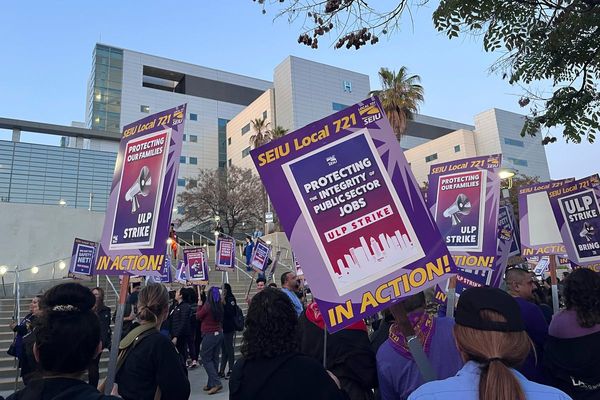
A report tabled by the Comptroller and Auditor General in the Delhi assembly on Tuesday flagged several irregularities in the manner in which Pollution Under Control certificates were issued to vehicles in the capital. The report said that over 1 lakh vehicles were issued PUC certificates even though their emissions were beyond the permissible limit.
“As per the PUC database for 10 August 2015 to 31 August 2020, 65.36 lakh Petrol/CNG/LPG vehicles were issued PUCCs. However, 1.08 lakh vehicles were declared ‘Pass’ and issued PUCC despite emitting CO/HC [carbon monoxide/ hydrocarbons] beyond the permissible limits,” read the report.
Titled Performance Audit on Prevention and Mitigation of Vehicular Air Pollution in Delhi, the report was tabled in the assembly by Chief Minister Rekha Gupta. It covered four aspects of vehicular pollution: air quality monitoring system; public transport system; cleaner transport-prevention and enforcement strategies; and cleaner transport-mitigation and promotion strategies.
The report is one of 14 CAG reports that, prior to the assembly polls, the BJP claimed the AAP government had not tabled during its tenure. So far, eight reports, including this one, have been tabled in the ongoing assembly session.
The report said pollution checking centres did not record pollution test values for over five lakh diesel vehicles, or 24 percent of the 22.14 lakh diesel vehicles that received PUC certificates between 2015 and 2020.
“In 4,007 cases, even though the test values were beyond the permissible range, these diesel vehicles were declared ‘Pass’ and issued PUCCs,” the report said. It also said that in at least 7,643 cases, more than one vehicle was shown to have been checked for emission limits “at the same time at the same centre”.
Curiously, thousands of vehicles received PUC certificates within a minute – something which is not “practically possible”.
“76,865 cases were noticed in same test center wherein only one minute lapsed in checking of vehicle along with issuance of PUC certificate which may not be practically possible,” the report said.
The CAG also slammed the government for not inspecting pollution checking centres or carrying out a third-party audit of these centres for quality control. It said the certified vehicles “later found emitting visible smoke” were not then inspected by these centres “to ensure proper working on the instruments”.
The CAG report took note of the limited capacity of automated fitness centres where commercial vehicles are checked if they are fit to ply on roads. It reported that automated centres account for only 12 percent of Delhi vehicle testing capacity of 4.1 lakh vehicles annually.
Other irregularities
Pertinently, the CAG flagged inconsistencies in monitoring air pollution in Delhi. It pointed out the “faulty” location of Continuous Ambient Air Quality Monitoring Stations resulting in “unreliable” air pollution data. Not one of the 24 stations monitored levels of lead which “may adversely affect the central nervous system, kidney function, immunity, reproductive, cardiovascular and respiratory systems”.
Between 2015 and 2020, the report said, the air quality in Delhi was ‘poor’ to ‘severe’ for 1,195 out of 2,137 days.
The report also highlighted that a “significant” number of public buses remained off the road. “Audit noted that out of a fleet of 4,712 [March 2015], on an average only 4,180 [89 percent] DTC buses were actually on roads during 2014-15 which decreased to 3,222 [68 percent] buses during 2019-20,” it said.
On the Graded Action Response Plan – which mandates restrictions on polluting activities depending on Delhi’s AQI level– the report said that the Delhi government’s implementation was found wanting. “Thus, on majority of the occasions of high episodic pollution which warranted DoT [Department of Transport] to take mitigation measures as per GRAP, required action was not taken by GNCTD [Government of National Capital Territory of Delhi], defeating the objectives of GRAP,” according to the report.
This piece is part of a collaborative campaign to tackle air pollution. Here’s how you can join the Fight To Breathe. Click here to power this campaign.
Newslaundry is a reader-supported, ad-free, independent news outlet based out of New Delhi. Support their journalism, here.







